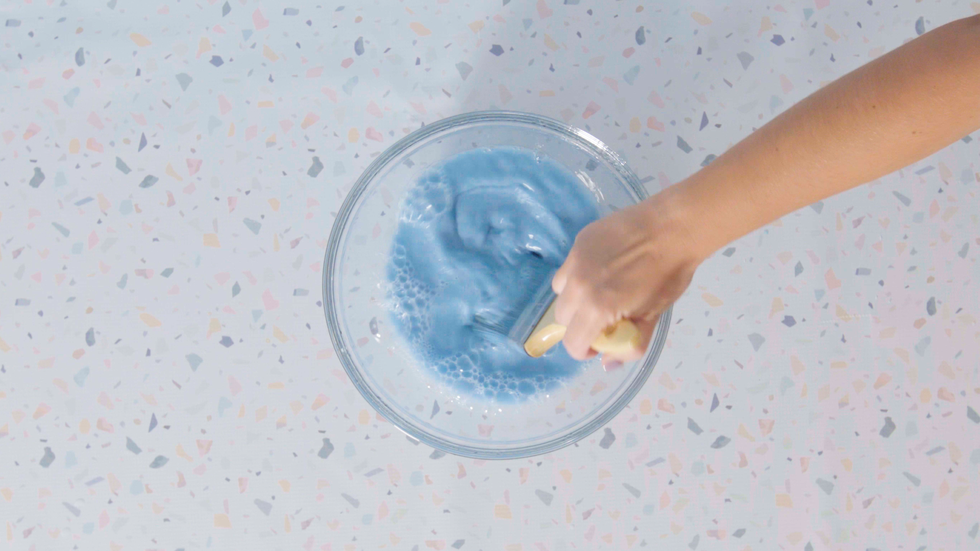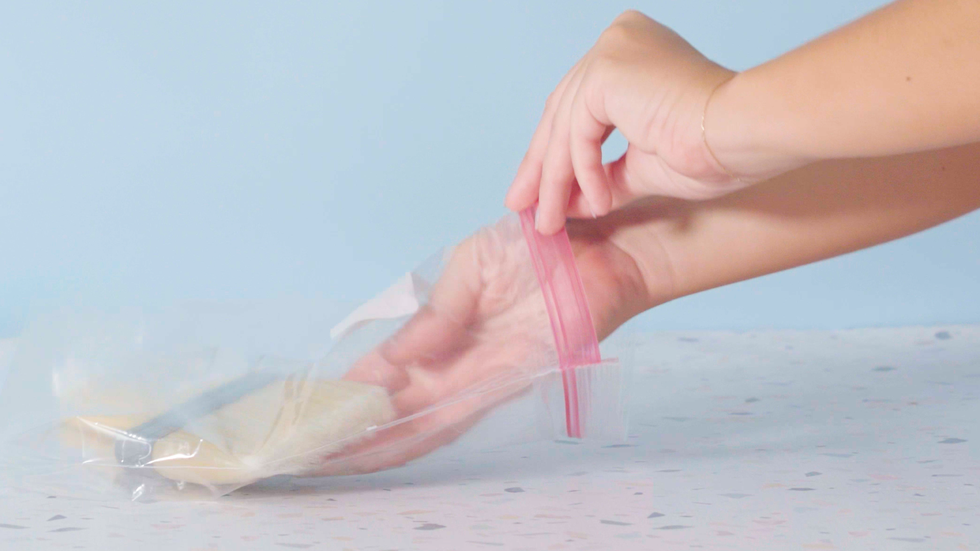Painting a room is one of the most DIY-friendly home-improvement projects, but it’s not like you do it every day. It’s easy to forget the basics, from surface prep to mixing the paint. Then there’s the matter of cleaning your brushes after calling it quits for the day. Most of us have had the experience of returning to a paint project, only to find brushes that are a hard, clumpy mess. Given the rising price of quality brushes (upwards of $15 for a single pack), that’s a waste of money, not to mention the time lost running back to the home center or hardware store.
At the Good Housekeeping Institute, our experts have been testing paints for decades, so they know the best ways to get brushes clean and ready for the next task at hand, whether it’s in a few hours or a few weeks. For this how-to article, we also checked in with pros in the field — the ones who really are tackling paint projects every day.
Here’s a simple step-by-step guide for getting the longest life out of your brushes.
1. Choose your cleaning agent based on paint type
For water-based paints, like latex and acrylic, which most projects these days call for, plain water will do the trick. “We also like to use a little drop of dish soap to help with ease of cleaning brushes,” says Shannon Duvall of HD Painting and Stain, based in Belleville, Illinois, and member ambassador of the Painting Contractors Association. Here’s how to get cleaning:
- Fill a small bucket or tray with soapy water. For best results, use warm water.
- Press the brushes into the bottom of the container in a rapid back-and-forth motion. That will work the water into the heel of the brush, all the way to the ferrule, where the bristles connect to the handle.
- Replace the water two or three times, continuing to press and work the brushes back and forth, until most of the paint is removed.
- Squeeze the bristles by hand. Then, rinse the brushes thoroughly at the sink, again using warm water.
For oil-based paints — whose hard, durable finish is suited to furniture, stair banisters and other high-touch surfaces — you’ll need to use a chemical cleaner, like mineral spirits, paint thinner or turpentine.
- Fill a small cup or jar about halfway with chemical cleaner. Submerge the bristles for 30 seconds.
- Remove the brush, and wipe the bristles against a hard, clean surface.
- Repeat the process until the paint is gone. Then rinse at the sink in warm water.
Caution: When using chemical cleaners, make sure you’re in a well-ventilated area, since solvent fumes are toxic.
2. Do a deeper clean
No matter how aggressively you clean your brushes in water or solvent, some paint is liable to remain. If you waited too long to clean the brushes and the paint has started to harden, this will certainly be the case.
- Use a wire brush — the same kind used for surface prep — to remove any dried-on paint.
- Deploy long, gentle strokes, like brushing your hair, so as not tug too many bristles loose from the ferrule.
3. Dry and store the brushes
Once your brushes are clean and ready for the next project, it’s important to dry them out as much as possible.
- Start by giving them a few vigorous shakes. Then squeeze them in a bunch of paper towels or a clean cloth towel.
- Store the brushes properly to prevent damage to the bristles. If you’re planning to use them again the next day, wrap them in aluminum foil or plastic wrap to keep them fresh.
- For longer-term storage, many pros keep their brushes in resealable plastic bags. Or you can invest in plastic paintbrush protectors.
How to clean paint rollers
Paint rollers, the ideal tool for large expanses of wall or ceiling, are even more important to clean thoroughly after every use, since their fibers (a.k.a. “nap”) hold so much paint. The same choice of cleaning agent applies: warm, soapy water for water-based latex and acrylic paints, and a chemical solvent for oil-based paints.
- Squeeze excess paint back into the can. You can put gloves on and use your hands for this, but our experts recommend a five-in-one paint tool, whose curved scraper is the perfect shape for the job. A putty knife or other straight edge will also do the trick.
- Roll off any remaining paint. Going back over a freshly painted section of wall is one strategy, or reach for some old newspaper — anything that will let you make a few passes to get off the last remnants of paint.
- Do a deep-clean. At this point, it’s best to take the cover off its roller frame and put on plastic gloves.
• For water-based paints, fill a bucket with warm, soapy water and wash the cover by hand with repeated squeezing motions; replace the water as needed until it runs clean with every squeeze.
• For oil-based paints, add enough solvent to a long, flat container to submerge the cover (a paint tray is ideal). Let the cover sit for about five minutes, agitating it by hand every so often to loosen the paint. If necessary, repeat the process with a fresh supply of solvent. - Dry the covers. Stand them on end to prevent the fibers from getting crushed. If you used chemical solvents, make sure to dry the covers in a well-ventilated area. Store dry covers in resealable plastic bags or another airtight container.
Home Improvement & Outdoor Director
Having written thousands of product reviews and how-to articles on all aspects of home ownership, from routine maintenance to major renovations, Dan (he/him) brings more than 20 years of industry experience to his role as the director of the Home Improvement & Outdoor Lab at the Good Housekeeping Institute. A one-time roofer and a serial remodeler, Dan can often be found keeping house at his restored Brooklyn brownstone, where he lives with his wife and kids.



